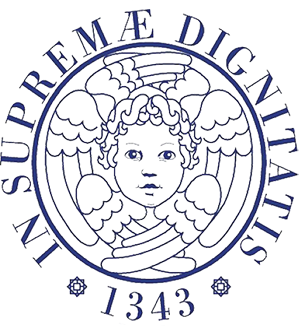1. Definition:
Transurethral prostate resection is an endoscopic intervention (does not imply external skin incision) whose purpose is to solve the prostate-bound obstacle to bladder emptying. It is the most practiced intervention in the World and in Italy for this purpose.
2. Indications:
Symptomatic benign prostatic hyperplasia and prostate cancer blocking the bladder emptying not susceptible to radical treatment that did not respond to hormonal treatment.
3. Description of the technique:
The endoscopic prostatic resection consists in the removal of the inner part of the urethral gland. This is done by using an instrument (resectoscope) that applying a particular electrical energy removes prostate tissue by “slicing”.
The procedure is usually performed in loco-regional or general anesthesia.
4. Preparation:
Antibiotic and antithrombotic prophylaxis is generally recommended if risk factors are present.
5. Duration of the procedure:
Most interventions take between 20 and 60 minutes.
6. Type and length of hospitalization:
After surgery, a bladder catheter with a continuous bladder wash system is applied. In the absence of complications, the catheter is removed on average after 3 days. In the absence of complications, the average hospital stay is 4-5 days.
7. Results:
A. Symptomatology: Symptomatology improvement is obtained in 75-96% of patients.
B. Objectives: Transurethral prostate resection achieves the best objective results (increased urinary strength, reduction of postmortal residue and reduction of obstruction) compared to alternative therapies: improved urinary flow of 120-125 % And 70% post-urination residue reduction.
C. Duration: Long-term efficacy rates are highest in relation to alternative therapies: 5-15% of retreatments after 8 years.
8. Benefits:
- Better and lasting results in the treatment of prostatic obstruction
- Complete histological examination
9. Disadvantages:
- Post-surgery mortality is rare, but possible, as in all surgical interventions.
10. Side Effects:
- TURP involves retrograde ejaculation in at least 3 patients on 4.
- After removal of the catheter, patients may experience mild urinary disorders that may persist for 3 months.
11. Complications:
- Hemorrhage with the need for blood transfusion occurs in 8.8% of cases.
- Urinary infections occur in 15.5% of cases, epididymitis (painful swelling of the epididymis) in 1%.
- TURP syndrome (a syndrome due to reabsorption of washing fluid that causes confusion, nausea, vomiting, nerve disorders, and circulatory instability) occurs in 2-6.7% of patients.
- Sometime after the surgery, urethral stenosis and the bladder neck sclerosis may occur in 0.5-9.7% of cases, whose resolution may require a second endoscopic intervention (cervicotomy or urethrotomy or urethroplasty).
- Urinary incontinence, in its various degrees, has an incidence of about 1-6.6%. It is mostly a “stress” incontinence, that is observed when there is a sudden increase in abdominal pressure (coughing, sneezing, laxation, weight lifting). It is rarely a total incontinence. Such type of incontinence is usually related to a lesion of the external urethral sphincter and, depending on the severity, it can be corrected by endoscopic or ultimately prosthetic surgery.
- Although the appearance of impotence after TURP has been reported, the only comparative study between patients who did or did not undergo the surgery showed no different percentages of its onset.
As with any other endoscopic or laparoscopic surgery, TURP can also be converted to open surgery in the event of complications during the procedure.
12. Attentions after discharge:
A morigerized lifestyle period (reduced physical stress, low sexual and / or sports activity, moderate diet, antiseptic urinary therapy, etc.) is recommended, and abstinence from normal working activities for a period varying from 7 to 21 days, depending on the associated conditions and the extent of the resection. It is advised to avoid long journeys in the car and the use of cycles and motorcycles. The introduction of liquids should be normal.
13. How to deal with complications at home:
In case of urinary retention or hematuria, contact the urologist.
If persistent bladder irritation or fever occurs, the patient may be referred to his / her own medical care in the first place, then the physician will decide what to do.
14. Checks:
The follow-up program includes urine culture, PSA, and flow measurement.

